As sustainability becomes a central principle in global architecture, concert halls, as vital cultural buildings, must also follow sustainable design practices. Space frame structures, known for their long-span capacity, lightweight properties, and high strength, have been widely adopted in concert hall construction. This article explores how space frame systems can support sustainable development in concert hall design by analyzing material selection, energy utilization, building lifespan and flexibility, and environmental impact.
Material Selection
Use of Eco-Friendly Materials: Selecting renewable or recycled building materials is crucial for sustainability. For instance, using natural materials like bamboo or timber as part of the space frame not only supports environmental goals but also enhances the hall’s natural aesthetic. Additionally, incorporating recycled steel helps reduce raw material consumption and environmental degradation.
Durable Materials: Choosing weather-resistant and long-life materials helps minimize maintenance and replacement frequency. High-strength steel, for example, excels in tensile and compressive resistance, making it ideal for load-bearing components. Durable materials extend the building’s lifespan and reduce waste due to material aging.
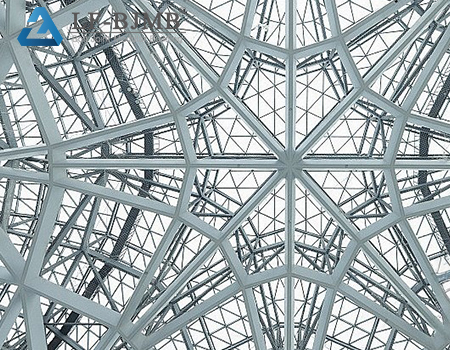
Energy Utilization
Passive Design Strategies: Implementing passive strategies—such as optimizing building orientation and form to enhance natural lighting and ventilation—reduces energy use. For example, the Valley Concert Hall used CFD (Computational Fluid Dynamics) to enhance airflow, keeping the hall cool without air conditioning, improving comfort while saving energy.
Integration of Renewable Energy Systems: Incorporating solar, wind, or other renewable energy systems can reduce dependency on traditional sources. Installing solar panels on the roof can generate electricity for lighting and audio systems, achieving energy self-sufficiency and lowering carbon emissions.
Building Lifespan and Flexibility
Modular Design: Modular space frame design allows easy disassembly and reconfiguration. This flexibility enables future expansion or remodeling, maximizing resource efficiency and minimizing waste and environmental impact during the building’s lifecycle.
Adaptive Design: Designing with multifunctionality in mind allows the concert hall to host various events. Features like movable seating and adjustable stages allow spatial reconfiguration based on event needs, increasing building utilization and longevity.
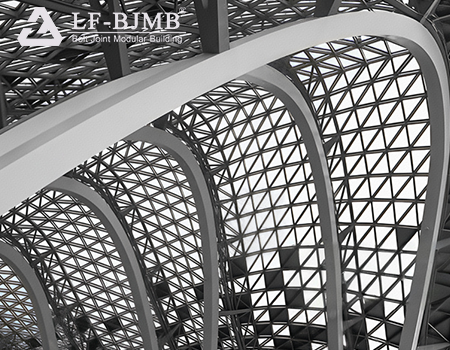
Environmental Impact
Reducing Construction Impact: Eco-friendly construction methods, such as using prefabricated space frame components, reduce onsite waste and noise pollution. Prefabrication minimizes disturbances to surrounding ecosystems and shortens construction time.
Integration with Natural Environment: Design should harmonize with the surrounding landscape, minimizing ecological disruption. For example, the Valley Concert Hall adopts an inverted cone shape to minimize its environmental footprint, enabling visual and spatial integration with the landscape and offering visitors a more natural experience.
Conclusion
Applying space frame structures in concert hall design not only meets functional and aesthetic requirements but also supports environmental protection and resource efficiency. By optimizing materials, energy, flexibility, and environmental compatibility, space frames promote sustainable development. With further advancements in technology and growing awareness of sustainability, space frame applications in cultural architecture will continue to expand, making meaningful contributions to global cultural and environmental goals.



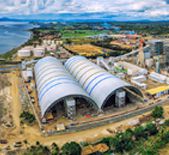
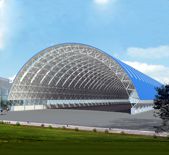
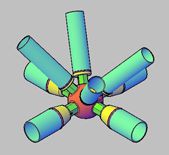
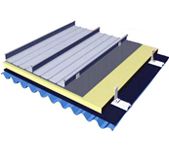




 About Us
About Us 2025-06-11
2025-06-11


